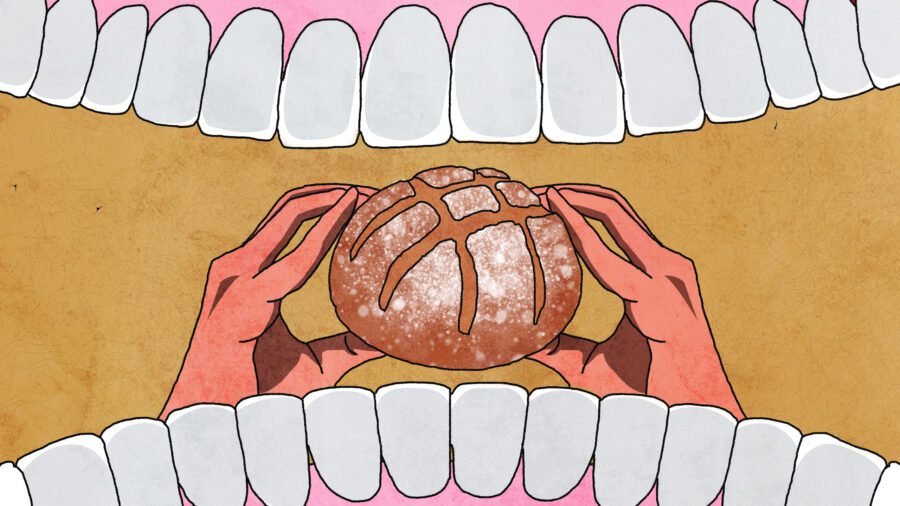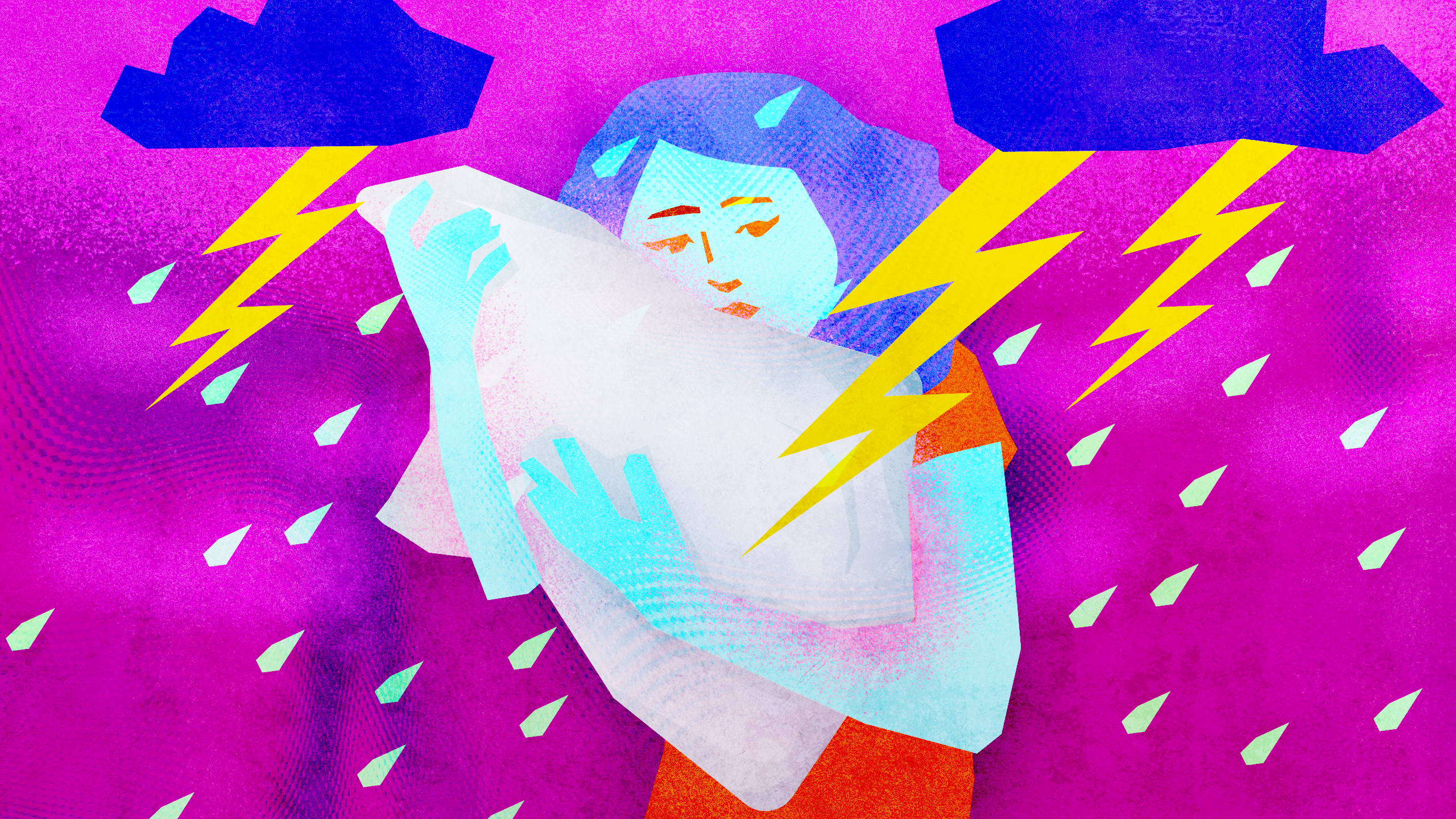
15 Self-Care Tips to Help with Seasonal Affective Disorder During the Winter Months
Do you notice that your mood seems to decrease as the summer subsides and the colder months flow in? Maybe you’re a bit less eager to go out with your friends, or maybe you find yourself feeling sad regularly in the fall and winter.
Winter is coming, and aside from the novelty of a Game of Thrones quote, it brings a very real mental health obstacle for many individuals to overcome. Seasonal Affective Disorder, or SAD, is a type of depression that is related to the change in seasons. This means for most people, symptoms of SAD begin and end around the same time each year.
Most people who suffer from SAD experience symptoms at the start of fall and into the winter months leading up to spring. These symptoms include feelings of sapped energy and sadness and can make those who experience SAD moody and irritable. Less often, people with SAD will experience symptoms at the opposite time of year, feeling a shift in mood as spring begins and moves into summer and resolving as the cooler months begin.
Far too often, SAD symptoms have been brushed off or ignored, leaving those who suffer from it to struggle through the winter months miserable and depressed. We are past the age of just calling legitimate mental hardships a case of the “winter blues.” If you are a person who suffers from SAD, you’re not alone, and you deserve a helping hand to lift you out of your seasonal depression. That is precisely why we’ve put together this list of 15 self-care tips to help ease the symptoms of SAD. Though the change in seasons may be inevitable, feeling depressed or sad for prolonged periods of time doesn’t have to be the case when you have the tips you need to fight back.
Understanding the Symptoms and Causes of SAD
Regardless of which season begins the onset of your SAD symptoms, they will mostly look the same and include feeling sad most or all hours of the day, losing interest in activities you normally enjoy, having low energy or feeling sluggish, oversleeping, overeating and weight gain, difficulty concentrating, feelings of guilt or worthlessness, and in some cases even suicidal thoughts.
Some symptoms specific to winter-month SAD may include oversleeping, unusual cravings for high-carbohydrate foods, weight gain, and fatigue. Summer month SAD symptoms may include insomnia, poor appetite, weight loss, irritability, and anxiety.
It’s normal for everyone to experience symptoms of sadness from time to time, and it should not be cause for worry. However, if you find yourself feeling down for a prolonged period of time, unmotivated, and uninterested in activities you would otherwise enjoy, it may be time to see a doctor.
This is especially true if you are experiencing weight loss and sleep problems and especially if you are having thoughts of harming yourself.
Why Does This Happen?
The specific cause of SAD remains unknown; however, there are certain factors that may play a role in the development of SAD. An individual’s circadian rhythm may play a role, as the reduced sunlight you experience in fall and winter may disrupt your sleep patterns. Your body’s internal clock is a big factor in your mood and mental health, so this decreased amount of sunlight can interrupt your body’s circadian rhythm and lead to feelings of sadness. Reduced sunlight can also cause a drop in the brain’s serotonin levels, which may trigger symptoms of depression.
According to the American Academy of Family Physicians, about 4 to 6 percent of Americans suffer from SAD, and about 20 percent of people may suffer from a milder form of the disorder. Young people and women are more likely to experience SAD, as well as people who live farther away from the equator.
15 Tips to Help with Seasonal Affective Disorder
Okay, so now we’re all on the same page and no longer believe that it’s just a case of the winter blues. SAD is a real thing, and many Americans suffer from its symptoms every year, so what can you do about it?
There may not be a magic cure for SAD yet, just as there isn’t one for regular depression. However, there are many things you can do to lessen your symptoms and make the winter months easier to get through. Don’t go at it alone — use the following tips to your advantage to make your SAD symptoms manageable.
1. See Your Doctor First
SAD is a form of depression, and any form of depression should always be diagnosed by a mental health professional. Your doctor will be able to sort out whether you’re suffering from SAD or another form of depression.
2. Get Your Mind Ready
It’s not just our houses we need to get ready for the change from autumn to winter; we also need to get our minds ready. People’s physical and mental well-being can benefit from setting aside time on a regular basis to engage in activities that make them happy.
If you want to have a good time during winter, it’s best to start preparing for it in fall by doing things you enjoy, such as making plans to hang out with friends, picking a satisfying hobby, and joining groups that support worthwhile causes. If you get into the habit of doing these things on a regular basis in the fall, fighting off the winter blues will be a lot less of a struggle.
3. Try a Light Therapy Box
According to a review published in 2017 by the Einstein Journal of Biology and Medicine, bright light therapy (exposure to artificial light to help keep one’s circadian rhythm on track) is widely considered a first-line treatment option for SAD. A light therapy box can be used to experiment with the benefits of bright light therapy in fighting your symptoms.
These devices, also referred to as phototherapy boxes, are used to treat seasonal affective disorder by emitting light similar to that of the sun. The therapy boxes emit light in a variety of wavelengths, and the intensity is much higher than that of standard light bulbs. Twenty to thirty minutes a day in front of the light box is recommended. After this amount of time, a chemical shift in the brain will result, elevating your mood and reducing SAD symptoms.
Light boxes are most effective when used within the first hour of waking up, according to experts. Light therapy boxes are often safe and effective, but they are not monitored by the FDA. If you think a light therapy box might help you, it’s important to discuss it with your doctor first.
4. Dawn Simulators
Some SAD sufferers have found relief using a dawn simulator. These gadgets function as alarm clocks, but instead of rousing you with an abrupt sound or blast of music, they use light that gradually increases in intensity, much like the sun. The best dawn simulators mimic natural sunlight as closely as possible by emitting light across the full spectrum. A study published in July 2015 in the Journal of Affective Disorders found that dawn simulators were as effective as light therapy for people with mild SAD.
5. Consider Antidepressants
Prescription antidepressants may help you overcome seasonal depression if light therapy and psychotherapy don’t help enough, as long as you avoid medications that might make you sleepy, according to the Royal College of Psychiatrists. Antidepressants for SAD are typically taken from the beginning of fall until the beginning of spring, according to the organization. To prevent the worsening of SAD symptoms, it is important to seek medical attention at the first sign of distress.
6. Socialize
If you suffer from seasonal affective disorder, why is it crucial that you engage in social activities? As the recent COVID-19 epidemic has shown, there is no shortage of solitude these days. The psychological effects of being quarantined during the ongoing pandemic were the subject of a recent review article. According to a review published in March 2020 in The Lancet, solitary confinement can have lasting psychological effects, such as the development of depression or post-traumatic stress disorder (PTSD).
In times of increased isolation, it is important to find novel ways to maintain social ties. Spend time with loved ones while taking advantage of the nice weather by going for walks or playing sports in a nearby park. It’s still possible to maintain social connections even if you’re stuck inside more than usual due to winter’s darkness, weather, or COVID-19.
7. Try Aromatherapy
Aromatherapy, the therapeutic use of essential oils, may also be helpful for people with seasonal affective disorder. Essential oils may affect the part of the brain that regulates emotions, as well as the body’s internal clock, which regulates sleep and appetite, in seasonal affective disorder.
Even if there isn’t much proof that aromatherapy works, a few drops of essential oil in a warm bath or while chatting with friends by candlelight could do wonders for your mood. According to Johns Hopkins Medicine, essential oils can be safely applied to body oils, aroma sticks, and jewelry made from absorbent materials. However, they warn against using essential oil diffusers and ingesting essential oils.
8. Stick to a Routine
Sleep apnea and morning grogginess are common complaints among those who suffer from SAD. A better night’s sleep is one way in which seasonal depression can be managed. Maintaining a routine will allow you to be exposed to light at regular and predictable intervals, and if you eat at set intervals, you’re less likely to binge. Many SAD sufferers experience seasonal weight gain during the winter months due to binge eating, but you can avoid this by implementing and sticking to a daily routine of healthy activities.

The Greatness Mindset
Learn the secrets of some of the greatest minds in the world. Unlock the power of your mind and live your best life today.
Learn More9. Exercise
Exercising can help reduce symptoms of SAD, just as it does with other types of depression. Some people say that the colder months motivate them to keep up their exercise routines even more strictly.
Exercising in natural environments is the most effective way to combat SAD. However, if the weather is too cold or snowy to exercise outdoors, you can still get your workout in by placing your treadmill, stationary bike, or elliptical machine near a window at home or at the gym.
10. Let the Sunshine In
If you suffer from seasonal depression or seasonal affective disorder during the winter, it is important that you spend as much time as possible outdoors during the day. Pack a lunch and head out for a brisk walk around the block at midday or shortly after, when the sun will be at its highest in the sky.
Don’t forget to keep your blinds open at home to maximize the amount of natural light you take in! Even if you have the luxury of working from home, it’s still important to pick a spot with good lighting. Indoor lighting is typically much dimmer than outdoor lighting, which can exacerbate symptoms of seasonal affective disorder.
11. Give Yourself a Break
If you suffer from seasonal affective disorder, escaping to a warmer climate during the winter can help. Getting away from the gray of winter for even a day or two in the sun can help lift the blues. The anticipation that can improve your mood can begin weeks before you leave for your trip and continue for weeks after you get back. The COVID-19 pandemic may have put a damper on your vacation plans the last couple years, but that doesn’t mean you can’t still have a good time with friends and family without leaving town!
12. Consider Avoiding Alcohol
There are a number of reasons why people might drink more when they’re feeling down.
People who are depressed are more likely to drink, and drinking, in turn, makes them feel even worse about themselves. Addiction is a real possibility if you start drinking more frequently or in larger quantities than your body is used to.
Asking yourself, “Why do I think I’m drinking more?” can help you get to the bottom of your increased alcohol consumption. Of course, talking to your doctor about your concerns about alcohol use is always important.
13. Try Journaling
The act of putting pen to paper has been shown to improve one’s disposition. It’s a good way to release pent-up frustrations and sadness. Maybe you’re asking, “How can keeping a journal help me deal with the blues?” That’s a valid question. The University of Rochester Medical Center in New York claims journaling can help people with depression by teaching them to recognize the causes of their low mood and the factors that can help them overcome it.
Write down everything you’re going through in your mind and heart. Doing so at night allows you to think about the past day’s events in context.
Join In 200 Million+ On The Journey to Greatness
14. Take Vitamin D Supplements
There is a possible association between vitamin D deficiency and increased vulnerability to developing depressive symptoms. According to the National Center for Complementary and Integrative Health (NCCIH), those who suffer from seasonal affective disorder often have insufficient levels of vitamin D due to low consumption of vitamin D-rich foods or time spent outdoors in the sun.
According to the NCCIH, there is conflicting evidence as to whether or not vitamin D supplements can help with SAD symptoms. You may find relief, however, by getting sufficient sun exposure during the day and eating foods rich in vitamin D. Have your doctor check your vitamin D levels and advise you on whether or not to take a supplement.
15. Reach Out to Friends and Family
Engage in a coffee date with an old pal by calling or emailing them. You could also try talking to someone you don’t know very well, like a neighbor or coworker. Be the one to break the ice and make contact when everyone else is too shy to do so.
Take part in a depression-related group — sometimes it helps just to tell someone about your problems. You can feel less alone and more motivated to make changes when you’re around people who understand what you’re going through.
Fight SAD and Take Control of Your Symptoms
SAD is nothing to ignore or chalk up to winter sadness. It is a very real disorder and should be treated as such. If you think you may be suffering from symptoms of SAD, don’t hesitate to speak with a doctor. Take back control of your moods during the winter months by adhering to the tips provided in this article, and in no time, you’ll be living your greatest life even when it’s dark and cold outside.
Greatness Authors
Greatness Authors is a collection of writers, thinkers, curiosity experts, and students of the world who are committed to bringing you the most up-to-date, impactful, and inspiring information surrounding Greatness topics.

Do You Have to Be a Morning Person to Be Successful? Here’s What Both Sides Have to Say
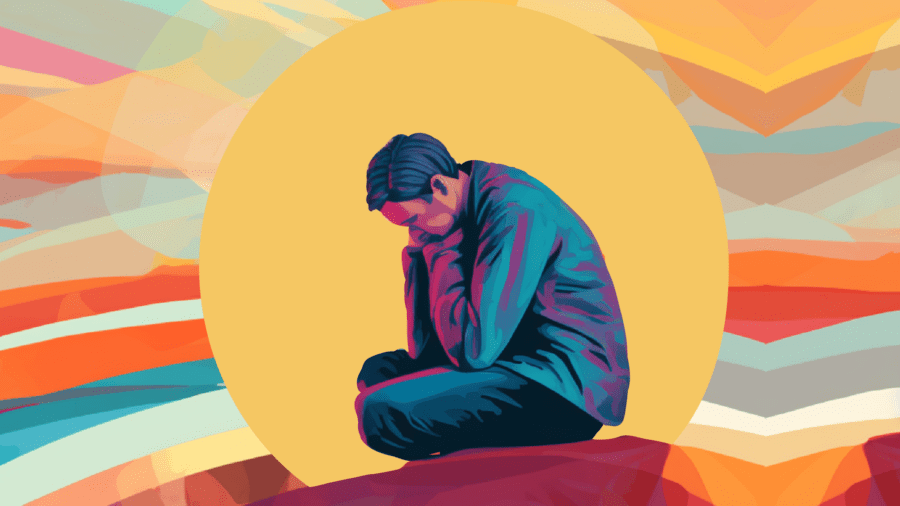
9 Reasons You’re Tired All the Time & How to 10x Your Energy
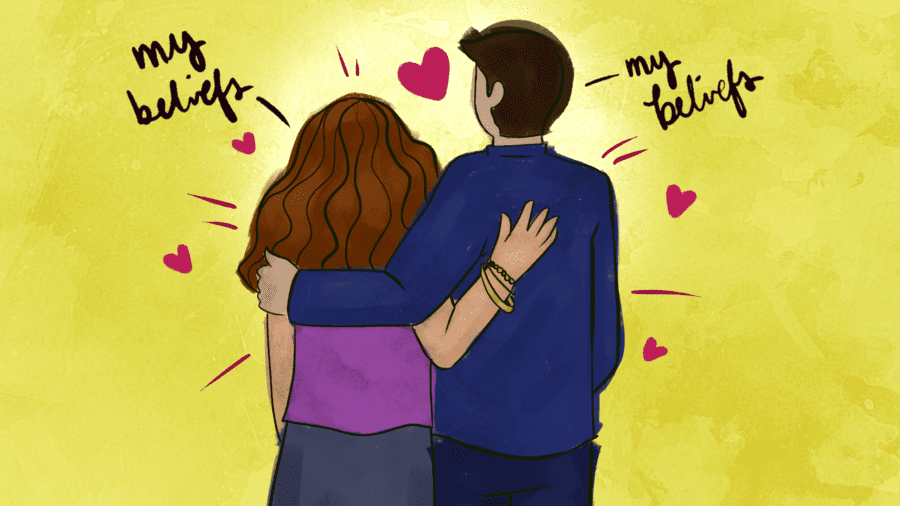
How to Have a Healthy Romantic Relationship Even if You Share Different Beliefs
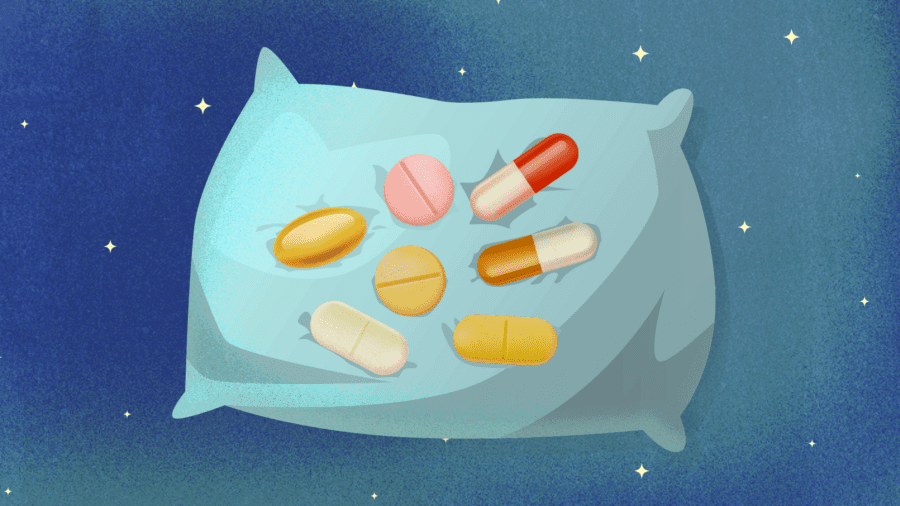
The 7 Best Vitamins to Naturally Promote Better, Uninterrupted Sleep According to Shawn Stevenson

The Science of Forming Healthy Habits & Letting Go of Bad Ones, According to Author James Clear
